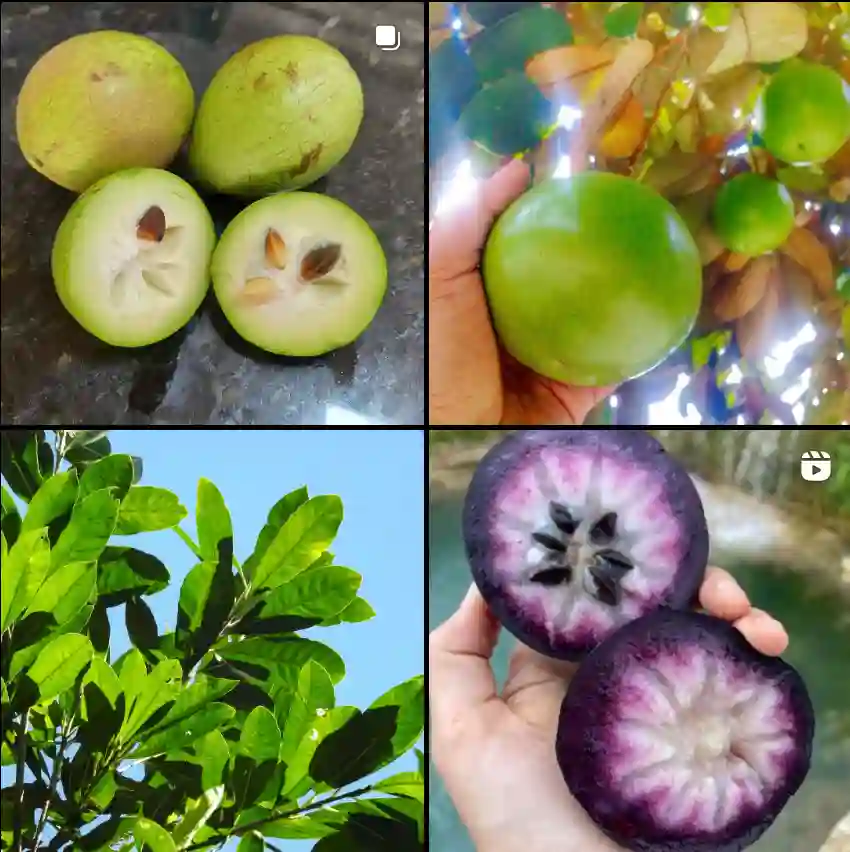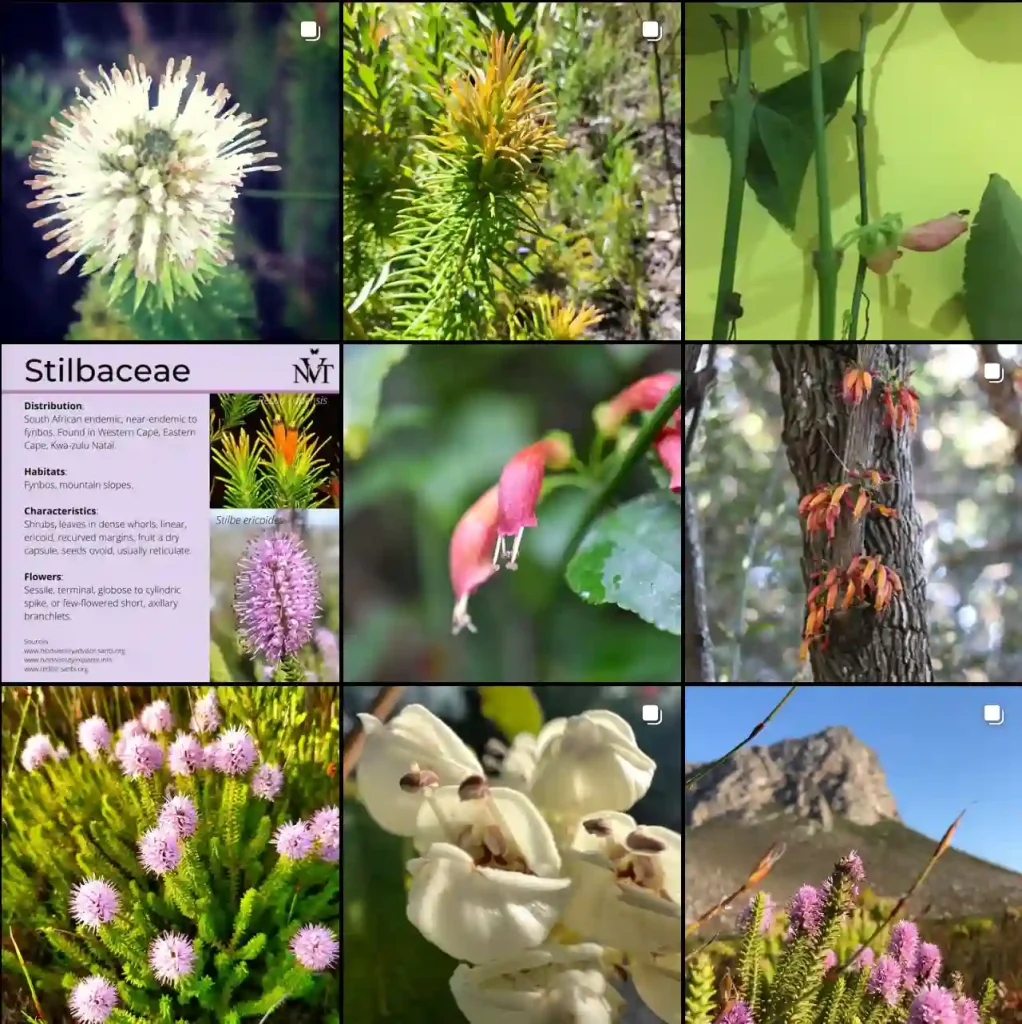Trema: A Deep Dive with Ferb Vu
The world of botany is a vast and fascinating one, full of intricate details and hidden wonders. As an enthusiast, I’m always eager to delve deeper into the intricacies of plant life, and today, I’d like to share my fascination with a particular genus: Trema.
Trema, a member of the Cannabaceae family, is a group of evergreen trees closely related to hackberries (Celtis). These resilient trees thrive in subtropical and tropical regions across the globe, from the humid landscapes of Southeast Asia and Northern Australia to the diverse terrains of Africa, South and Central America, and even parts of North America.
What captivates me about Trema is its adaptability and understated beauty. These trees, typically reaching heights of 10 to 20 meters, often go unnoticed amidst the grandeur of towering forests. Yet, their understated presence belies their ecological importance. Trema species play a crucial role in their ecosystems, providing habitat and sustenance for various fauna. Their leaves, often characterized by serrated edges and a rough texture, offer a unique tactile experience.
A Closer Look at Trema Species
The Trema genus encompasses a diverse array of species, each with its own unique characteristics and distribution:
- Trema angustifolium: Found in regions of Asia, this species is characterized by its narrow leaves.
- Trema cannabina: The type species for the genus, it’s known for its resemblance to cannabis plants, particularly in its leaves.
- Trema discolor: This species stands out with its discolorous leaves, showcasing different colors on the upper and lower surfaces.
- Trema lamarckianum: Commonly known as pain-in-the-back, this species has traditional medicinal uses in some cultures.
- Trema micranthum: Also known as nettle tree, it’s recognized for its small flowers and stinging hairs on its leaves and stems.
- Trema andersonii (Planch.) Byng & Christenh.
- Trema cubense Urb.
- Trema domingense Urb.
- Trema eurhynchum (Miq.) Byng & Christenh.
- Trema humbertii J.-F.Leroy
- Trema levigatum Hand.-Mazz.
- Trema melastomatifolium (J.J.Sm.) Byng & Christenh.
- Trema nitidum C.J.Chen
- Trema orientale (L.) Blume
- Trema parviflorum (Miq.) Byng & Christenh.
- Trema politoria (Planch.) Blume
- Trema simulans (Merr. & L.M.Perry) Byng & Christenh.
- Trema tomentosum (Roxb.) H.Hara
The Allure of Trema
My interest in Trema stems from a desire to understand the intricate connections within our natural world. These trees, often overlooked, play a vital role in their ecosystems. They provide shelter and food for various animals, contribute to soil health, and even have traditional medicinal uses in some cultures.
Moreover, Trema species offer a valuable resource for research and conservation efforts. Their adaptability and resilience make them potential candidates for reforestation projects, particularly in areas affected by deforestation or environmental degradation.
Beyond the Basics
As I continue to explore the world of Trema, I’m eager to delve deeper into its ecological significance, evolutionary history, and potential applications. I believe that a greater understanding of this genus can contribute to our broader knowledge of plant life and inform conservation efforts.
The journey of discovery in botany is an ongoing one, and Trema serves as a reminder of the hidden wonders that await those who take the time to observe and appreciate the natural world around us.
In Conclusion
Trema may not be the most glamorous or well-known genus in the plant kingdom, but its understated presence and ecological importance make it a fascinating subject for study. I hope this article has shed some light on this intriguing group of trees and inspired a sense of curiosity about the natural world.
If i die, water my plants!



